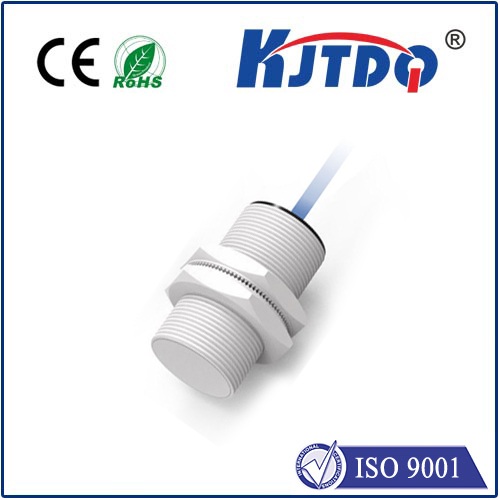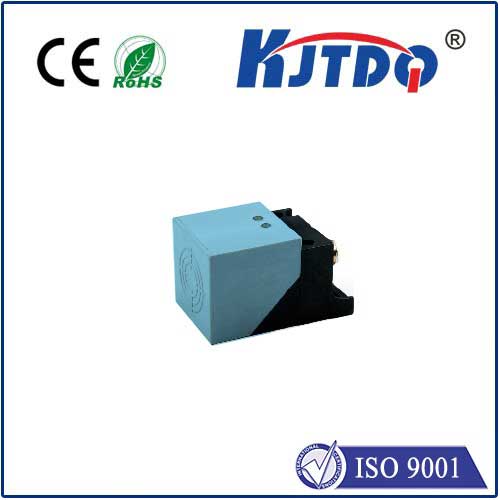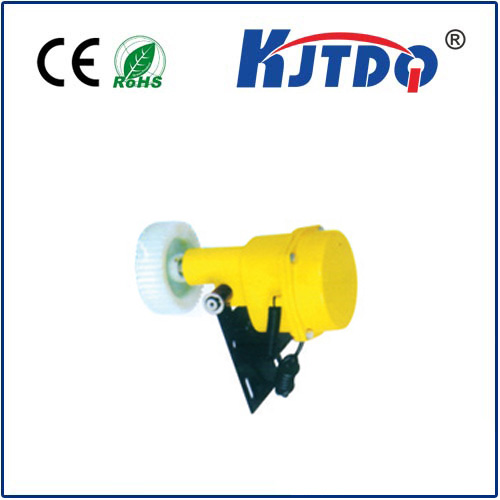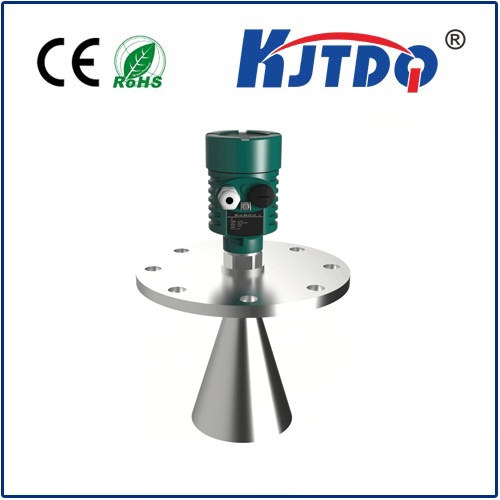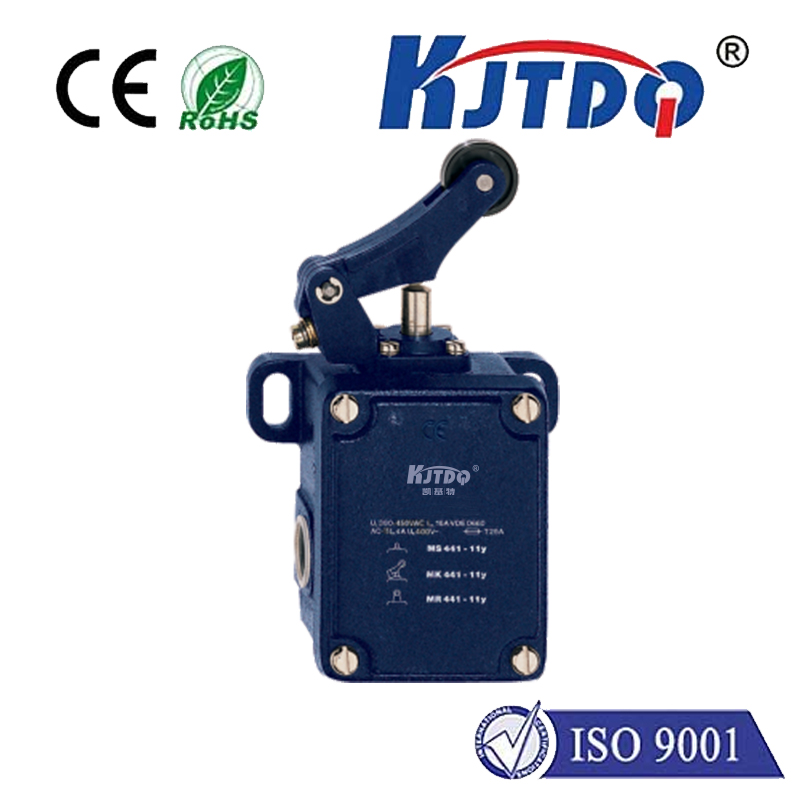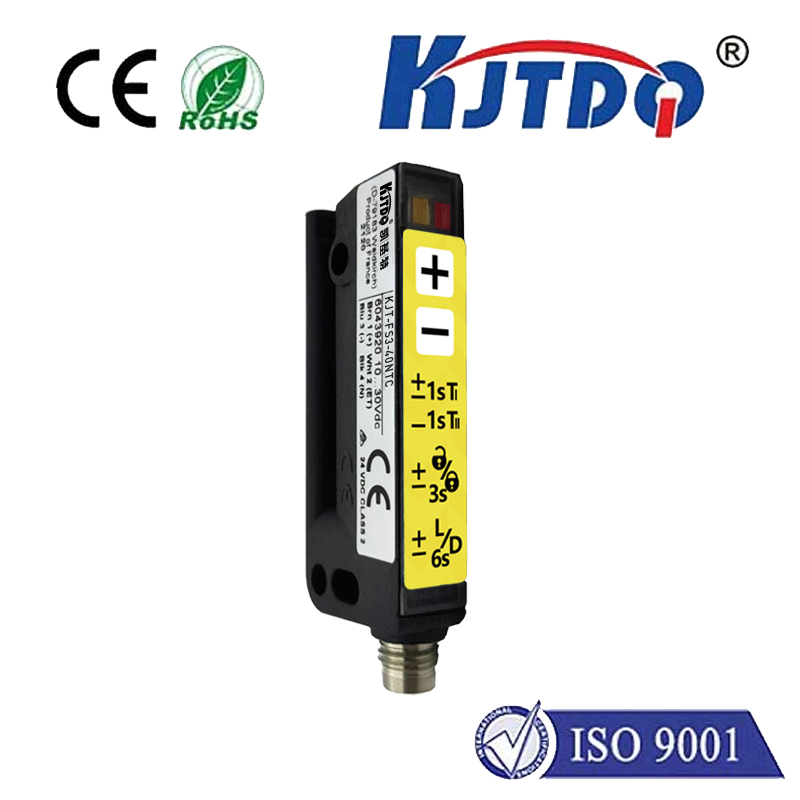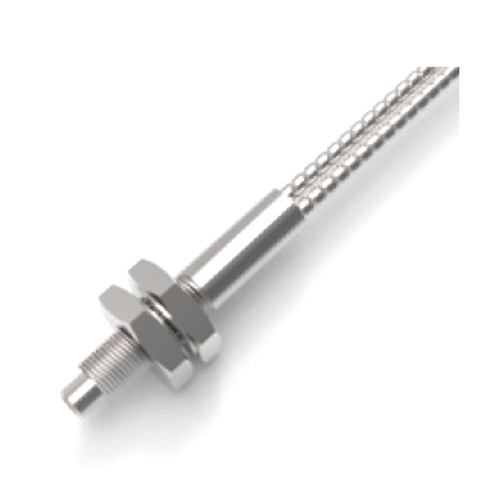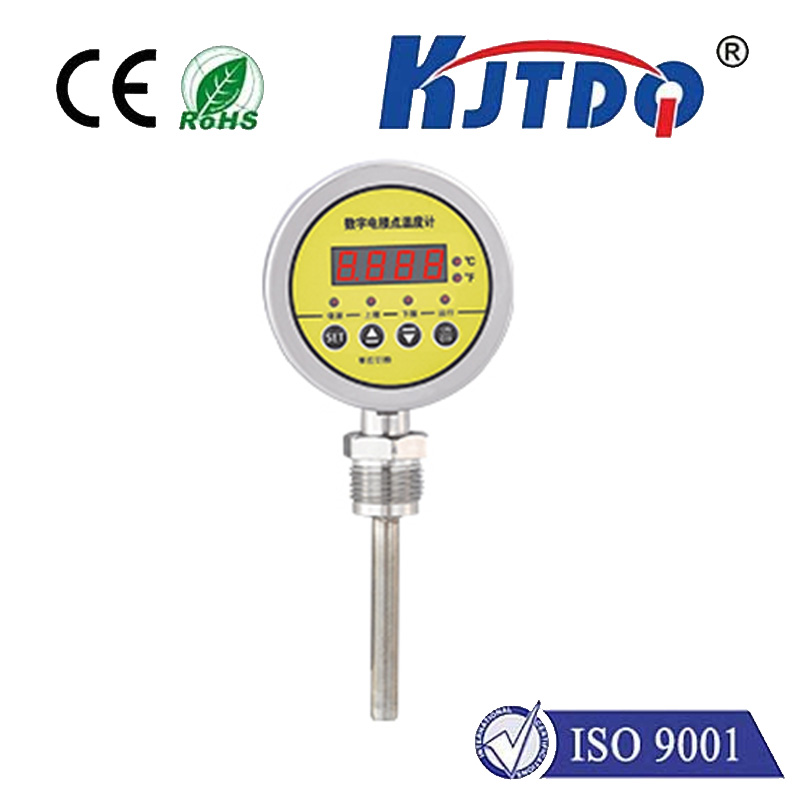proximity probe sensor
- time:2025-06-27 02:23:07
- Click:0
The Unseen Sentinel: How Proximity Probe Sensors Revolutionize Industrial Monitoring
Imagine a silent guardian, constantly watching the heartbeat of a massive turbine spinning at thousands of RPMs, or precisely gauging the microscopic wobble of a high-speed spindle. This isn’t science fiction; it’s the everyday reality enabled by proximity probe sensors. These unsung heroes of industrial automation and condition monitoring provide the critical, non-contact eyes inside environments too harsh, too fast, or too precise for humans or other sensors. Understanding their operation and immense value is key to unlocking higher efficiency, safety, and predictive maintenance across countless industries.
Decoding the Principle: Eddy Currents at Work
At their core, most common industrial proximity probes operate on the principle of eddy current induction. The sensor itself typically comprises a coil of fine wire housed within a protective casing. This probe is excited by a high-frequency alternating current from an associated oscillator/demodulator unit. When this energized probe tip is brought near a conductive target material (like steel, aluminum, or copper), it generates a changing magnetic field. This field, in turn, induces swirling electrical currents – eddy currents – within the target’s surface.
The magic lies in how these eddy currents affect the sensor coil itself. The induced eddy currents generate their own opposing magnetic field. This interaction changes the electrical characteristics (specifically the impedance) of the sensor coil in a predictable way relative to the distance between the probe tip and the target. The oscillator/demodulator circuitry meticulously measures this change in impedance, converting it into a highly accurate, linear DC voltage output signal directly proportional to the gap distance. This non-contact measurement capability is fundamentally what makes these sensors indispensable.
Why Proximity Probes? The Compelling Advantages

So, what makes this technology so widely adopted? The advantages are significant:
- Non-Contact Operation: The absence of physical contact eliminates issues like friction, wear, and the need to apply load to the target. This is vital for monitoring fragile, high-speed, or hot components.
- High Resolution and Accuracy: Modern proximity probe systems can resolve displacements down to microns or even sub-microns, providing extremely precise measurements crucial for tight tolerances in manufacturing and monitoring subtle machine faults.
- Robust Performance in Harsh Environments: Probes are designed to withstand extreme conditions – high temperatures, high pressures, oil, steam, and vibration – common in power generation, oil & gas, and heavy machinery. High-temperature proximity probes extend this capability further.
- Insensitivity to Target Material Properties (within limits): While the target must be conductive, the calibration typically compensates for different metals, allowing flexibility in many applications.
- High Frequency Response: Capable of capturing very rapid changes in position or vibration, essential for analyzing the dynamics of rotating machinery at operational speeds.
Where They Watch: Critical Applications
Proximity probe sensors are the backbone of machinery health and precision positioning in numerous sectors:
- Condition Monitoring & Predictive Maintenance: This is arguably their most critical role. Vibration monitoring using pairs of orthogonal probes (XY configuration) on journal bearings provides the gold-standard measurement for:
- Radial Vibration: Detecting imbalance, misalignment, bearing wear, and instability.
- Axial Position/Thrust: Monitoring thrust bearing wear and clearance changes to prevent catastrophic failures in turbines and compressors.
- Shaft Relative Position: Giving invaluable insight into bearing loads and the machine’s dynamic behavior within its clearance.
- Rotating Speed Measurement: Combined with a toothed wheel or keyphasor mark, they act as highly reliable rotation speed sensors for speed control and phase reference.
- Precision Position Feedback: Used in automated manufacturing for tasks like verifying part presence, measuring small part dimensions, controlling gap distances, and monitoring runout on spindles and chucks. Capacitive proximity sensors, while similar in function for non-conductive targets, operate on a different principle.
- Automotive Testing: Monitoring crankshaft/camshaft position, valve lift, and turbocharger dynamics under extreme test conditions.
Beyond the Sensor: System Integration Matters
It’s crucial to recognize that the proximity probe is only one vital part of the measurement chain. The performance of the entire proximity probe system relies on the seamless integration of several key components:
- The Probe: Must be correctly selected for the environment (temperature, pressure, chemical exposure) and mounted securely. Proper installation is paramount for accurate data.
- Extension Cable: Connects the probe to the oscillator, often needing shielding and specific handling characteristics suitable for the environment (high-temp cables exist).
- Oscillator/Driver & Demodulator (Proximitor): This electronic unit provides the excitation, processes the impedance change from the probe, and outputs the calibrated DC voltage signal proportional to distance. System calibration (mV/mil or mV/mm) is performed here.
- Data Acquisition & Analysis System: Receives the signal for real-time monitoring, alarming, trending, and sophisticated vibration analysis to diagnose machine health.
Choosing the Right Watchman: Key Selection Factors
Selecting the appropriate proximity probe sensor requires careful consideration:
- Target Material and Size: The sensor must be calibrated for the specific target conductivity and the target must be large enough for the probe’s sensing area.
- Operating Temperature Range: Standard probes typically handle up to 120-150°C. High-temperature proximity probes extend this range significantly (e.g., 175°C, 205°C, or even higher), but may have reduced sensitivity.
- Required Measurement Range: Choose a probe whose linear operating range suits the expected target displacement.
- Resolution and Accuracy: Match the sensor’s specification to the precision demanded by the application.
- Installation Constraints: Probe diameter, mounting thread, and required cable length must be feasible within the machine design.
- Environmental Conditions: Consider exposure to chemicals, pressure, magnetic fields, and EMI/RFI interference. Proper shielding and grounding are essential for signal integrity.
The Guardian’s Silent Vigil: Enabling Modern Industry
From ensuring the smooth, reliable spin of a generator powering cities to guaranteeing the micron-level precision of a CNC machine crafting complex components, proximity probe sensors operate unseen but critically. Their ability to deliver precise, reliable non-contact measurement under challenging conditions makes them irreplaceable tools. They are fundamental to the core strategies of predictive maintenance and condition monitoring, preventing costly downtime and catastrophic failures by revealing the hidden language of machinery health. Whether monitoring radial vibration, axial position, or simple part presence, these sensors empower engineers with the data needed to push efficiency, reliability, and safety to new heights. Understanding their principles and applications is key to realizing their full potential in building smarter, more resilient industrial operations.






